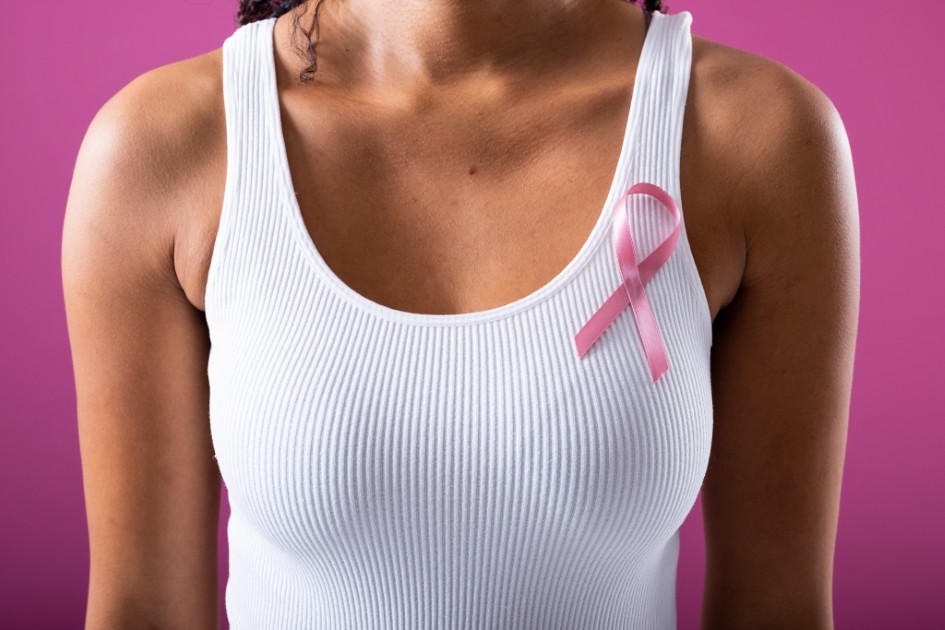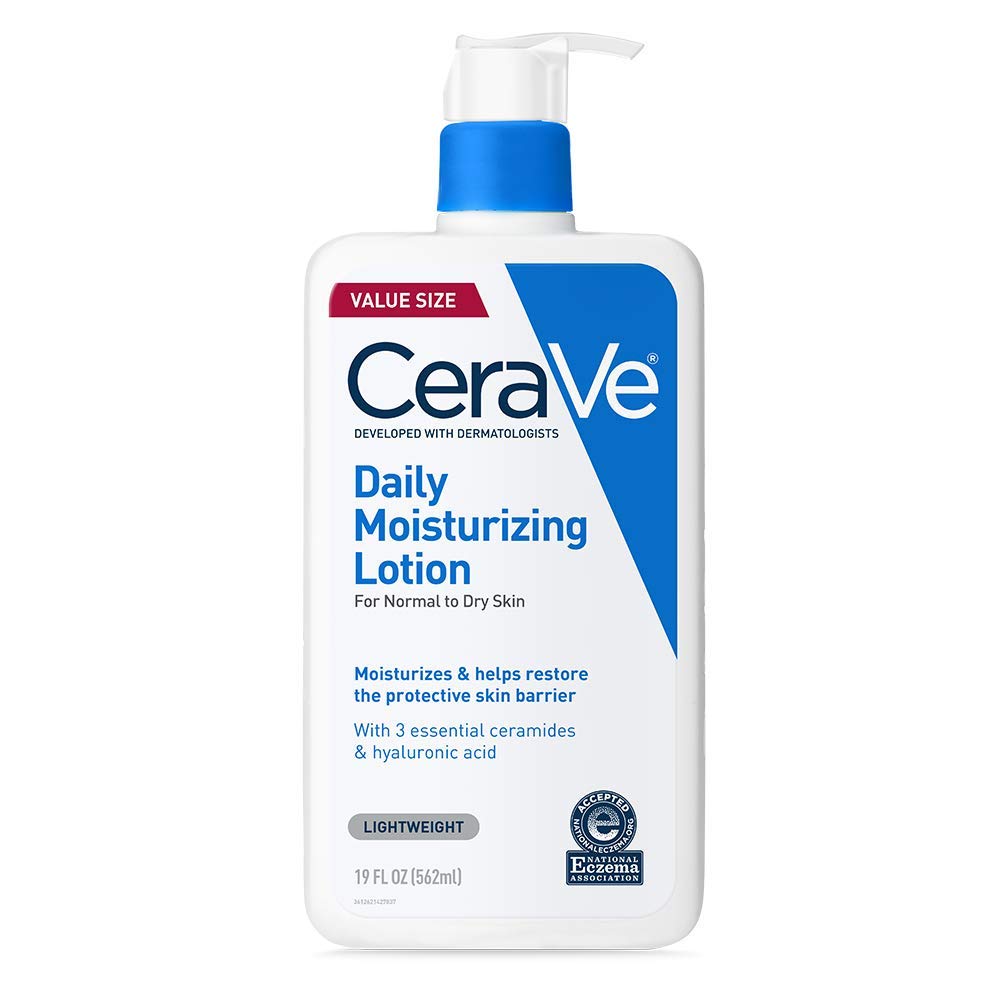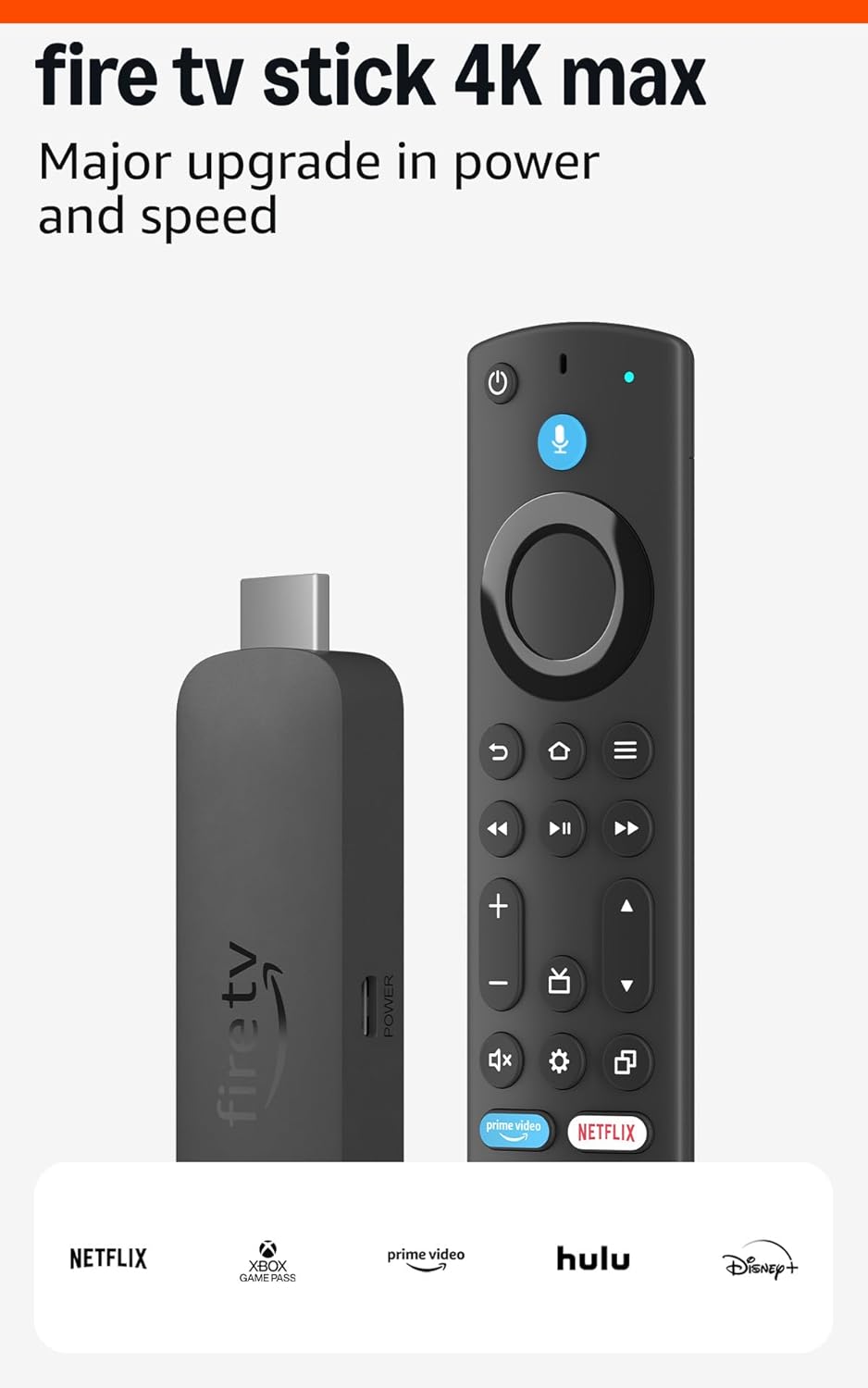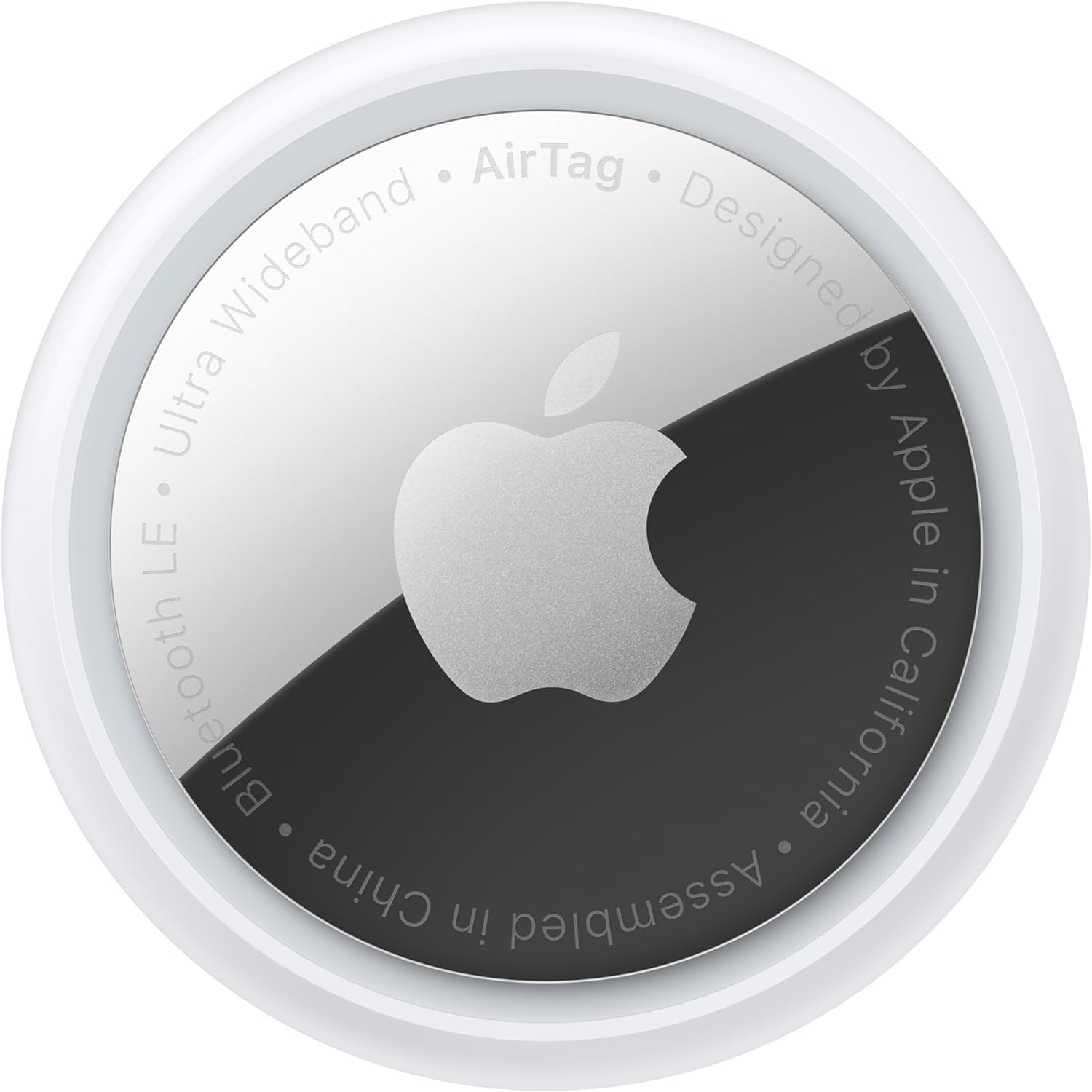Fat fuels breast cancer, and cutting lipids might be the key to stopping it. Recent research suggests that by depriving breast cancer cells of their fat supply, we may effectively starve the tumor and slow its growth, sciencedaily.com. This approach—essentially putting cancer on a fat-free diet—is generating excitement as a new front in the fight against breast cancer. In this article, we’ll explore the science behind cancer’s craving for lipids, the latest findings on lipid-lowering strategies (from medications to diet), and what it could mean for patients looking to take control of their health.
Breast Cancer’s Hidden Appetite for Fat
It’s well known that cancer cells love sugar, but they love fat just as much. Breast cancer cells, especially aggressive types like triple-negative breast cancer, are “addicted” to lipids, sciencedaily.com. Lipids (fats) aren’t just padding; they’re powerful fuel and building material for tumors. Here’s why fats are so vital to cancer growth:
- High-Energy Fuel and Building Blocks: Lipids store a lot of energy and form the membranes of new cells. Cancer cells need enormous amounts of energy and materials to keep dividing. By hoarding fats, tumors ensure they have plenty of fuel and membrane material ready, molecular-cancer.biomedcentral.com. In fact, breast cancer cells often rewire their metabolism to consume and generate fat at higher rates than normal cells.
- Guzzling Fat from the Environment: Breast tumors in fatty tissue (like the breast) can soak up fats from their surroundings. They overproduce transport proteins like CD36, a “fat receptor” that pulls in fatty acids from nearby adipose (fat) cells. In lab studies, blocking CD36 with an antibody made drug-resistant breast cancer cells more sensitive to treatment – essentially by cutting off an important fat supply. This shows how crucial external lipids are to tumor survival.
- Making Fat from Scratch (Lipogenesis): Cancer cells don’t just rely on dietary fat; they can make their own. Many breast cancers crank up enzymes for de novo lipogenesis – the synthesis of fat from other nutrients. A key player is fatty acid synthase (FASN), which builds fatty acids inside cells. Overactive FASN is common in breast tumors and has been linked to cancer progression and even treatment resistance frontiersin.org. By supplying endless fatty acids, FASN helps tumors grow unchecked. Targeting FASN, on the other hand, can inhibit tumor growth and make cancer cells more vulnerable to chemotherapy frontiersin.org.
- Burning Fat for Survival (Fatty Acid Oxidation): When glucose (sugar) is scarce or when cancer cells come under stress (say, during chemotherapy), they can switch to burning fat for energy. This process, fatty acid oxidation (FAO), becomes a backup power source. Studies show that if breast cancer cells can’t get enough energy from sugar, they ramp up FAO to keep growing nature.com. For example, hormone-resistant breast cancer cells often activate the fat-burning pathway to escape therapy. Researchers found that blocking CPT1 (the enzyme that lets mitochondria burn fat) could inhibit the growth of these treatment-resistant cancer cells. In HER2-positive breast cancer models, drugs that inhibit long-chain fatty acid oxidation delayed tumor growth and metastasis nature.com, highlighting how dependent some tumors are on burning fat for fuel.

Given this multi-pronged fat appetite, it’s no surprise that patients with high fat levels in their bodies tend to have more aggressive cancer outcomes. Obesity – often accompanied by high blood lipid levels (hyperlipidemia) – is a known risk factor for breast cancer. Scientists at Huntsman Cancer Institute (University of Utah) recently provided a striking explanation: in obese conditions, breast cancer cells are essentially swamped in an all-you-can-eat fat buffet. Their preclinical study showed that excess circulating lipids alone were enough to accelerate tumor growth in mice, sciencedaily.com. The abundance of lipids in the blood acted like fertilizer for the tumor. Conversely, when researchers lowered the lipid levels, the tumors grew significantly slower – even if glucose (blood sugar) and insulin were high. This finding suggests that it’s the fat specifically, not just excess calories, that was fueling the cancer. As one researcher put it, an abundance of fatty “building blocks” makes it easier for cancer cells to proliferate, so dialing down those building blocks puts the brakes on tumor growth.
Importantly, cholesterol – a type of lipid – also plays a role in tumor development. Breast cancer cells often gobble up cholesterol to build robust cell membranes and signaling molecules. Many tumors show overexpression of LDL receptors (which pull “bad” LDL cholesterol from blood) to import more cholesterol molecular-cancer.biomedcentral.com. High cholesterol levels in patients correlate with more aggressive disease, while lab experiments have found that reducing the activity of the LDL receptor in breast cancer cells leads to more cancer cell death and slower tumor growth (especially in high-fat conditions). This paints a clear picture: excess fat and cholesterol in the body can directly feed cancer’s growth, and cutting off that supply can weaken the cancer.
New Strategies to Starve the Tumor of Fat
Understanding cancer’s dependence on lipids has opened exciting avenues for therapy and prevention. If breast cancer cells are so reliant on fat, perhaps we can fight back by denying them that fuel. Researchers and clinicians are now pursuing two complementary strategies: lifestyle interventions (diet and weight management) and pharmacological lipid inhibitors (fat-targeting drugs) to starve the cancer.
Lifestyle Measures: Diet, Weight Loss, and Exercise
For health-conscious individuals, the idea that dietary choices might influence cancer growth is empowering. Oncologists have long observed that breast cancer survivors who maintain a healthy weight tend to have better outcomes. One reason is that weight loss can reduce levels of circulating lipids and hormones that encourage tumor growth. Doctors often encourage patients with obesity to lose weight as part of cancer care, to lower the risk of the cancer returning or progressing.
But not all weight-loss diets are equal. In fact, some popular diets may backfire for breast cancer patients with obesity. The ketogenic diet (“keto”), for example, emphasizes high-fat intake and very low carbs. It can aid weight loss, but the high fat levels it introduces are a concern in the context of lipid-hungry tumors, sciencedaily.com. The Huntsman Cancer Institute study warned that keto-style eating in obese patients with breast cancer could have “serious unintended side effects” – potentially accelerating tumor growth despite weight loss. If a patient already has high blood lipids, adding more fat (even while cutting carbs) might just give the cancer more of its favorite fuel, sciencedaily.com.
Pro Tip: If you or a loved one is facing breast cancer and carries extra body weight, talk to your doctor before trying a high-fat diet. A balanced, calorie-conscious diet that reduces unhealthy fats (think fewer fried foods and processed snacks) and emphasizes lean protein, vegetables, and whole grains may help with weight loss without flooding the body with excess lipids. Always consult a physician or nutritionist to develop a weight-loss plan tailored to your health needs. The goal is to improve metabolic health – lowering bad cholesterol and triglycerides – while still getting essential nutrients and maintaining strength during treatment.
Additionally, regular exercise can help burn off excess fat and improve your body’s metabolic profile. Physical activity not only helps with weight management but also has been shown to lower levels of circulating growth factors and inflammation in the body, which could create a less cancer-friendly environment. While exercise and diet alone are not a cure, they’re powerful tools in your control to make your body as inhospitable to cancer as possible. (Always get clearance from your healthcare team for the appropriate level of exercise during or after treatment.)
Pharmacological Lipid Inhibitors: Cutting Cancer’s Fat Supply with Medications
On the pharmaceutical front, scientists are developing and testing fat-fighting drugs to complement traditional cancer treatments. The idea is bold: use medication to cut off the tumor’s lipid supply or block its fat utilization, effectively starving the cancer cells. Several approaches are under investigation:
- Cholesterol-Lowering Drugs (Statins): Statins – like atorvastatin and simvastatin – are well-known for heart health, but they may become cancer fighters too. These drugs reduce the body’s cholesterol production by inhibiting HMG-CoA reductase, an enzyme in the liver. By lowering cholesterol levels, statins could deprive cancer cells of a key building block. Multiple clinical trials are underway to see if adding statins to breast cancer therapy improves outcomes. Early results are promising: short-term “window” studies found that a brief course of statin therapy before surgery could slow tumor growth and increase cancer cell death in some patients. Other trials combining statins with chemotherapy hinted at better clinical responses (though results weren’t statistically conclusive) frontiersin.org. A large Phase III trial (the MASTER trial) is now in progress to determine if long-term statin use can boost survival in early-stage breast cancer. The appeal of statins is that they’re already widely used and generally safe; if they can pull double-duty as cancer preventers or adjunct treatments, it would be a big win.
- Fatty Acid Synthase (FASN) Inhibitors: Given FASN’s central role in tumor fat production, it’s a hot target for new cancer drugs. The first dedicated FASN inhibitor, called TVB-2640, has made it to clinical trials. A Phase I trial in solid tumors (including breast cancer) confirmed that TVB-2640 can be given safely and it effectively hits its target (shutting down the tumor’s fat-making enzyme). Now, Phase II studies are testing TVB-2640 alongside standard treatments in advanced breast cancer to see if starving the tumor of newly-made fatty acids can improve outcomes. Researchers hope that by blocking FASN, cancer cells will struggle to build new membranes and signaling molecules, slowing their growth and even making them more sensitive to chemo. It’s still early, but this “fat-blockade” therapy could become a powerful add-on in oncology.
- Metabolism Modulators and Repurposed Drugs: Interestingly, some common medications and nutrients show fat-starving effects on cancer cells. For example, omeprazole, a drug for acid reflux, was found to inhibit FASN as well. In a small trial, adding omeprazole to chemotherapy for aggressive breast cancer led to higher tumor response rates. It’s an unexpected discovery – a heartburn pill helping to fight cancer – but it underscores how tweaking metabolism can make a difference. Natural compounds are under study too: conjugated linoleic acid (CLA), a fatty acid found in meat and dairy, and EGCG from green tea can interfere with tumor fat metabolism and have shown anti-cancer benefits in early investigations. These aren’t standalone cures, but they might enhance traditional treatments by weakening the cancer’s metabolic defenses.
- Blocking Fat Uptake and Oxidation: Other experimental strategies aim at cutting off external fat supply or preventing fat burning in cancer cells. We mentioned how antibodies against the fat importer CD36 made tumors more drug-sensitive in mice, molecular-cancer.biomedcentral.com – a proof of concept that if cancer cells can’t pull in fat, they get weaker. Similarly, drugs that inhibit fatty acid oxidation (the fat-burning process) are being explored. In lab models, when breast cancer cells were forced not to use fat for energy (for instance, by blocking the CPT1A enzyme), tumors grew more slowly and had a delayed spread nature.comnature.com. Essentially, the cancer cells were thrown into an energy crisis when their fat fuel was taken away. While these approaches are still in research phases, they represent the future of metabolic therapy: shutting down cancer’s alternate energy routes.
Hope and Caution in Equal Measure
Targeting lipid metabolism is a thrilling new frontier in oncology, but it comes with a note of caution. Fats and cholesterol are vital for normal cells too – our brain, hormones, and every cell membrane rely on them. Completely shutting down lipid supply indiscriminately could harm healthy tissues. That’s why the goal is to find a therapeutic window: hit the cancer’s lipid addiction hard, but leave normal fat use intact. Personalization will be key. Not all breast cancers are equally “fat-hungry,” so researchers are hunting for biomarkers to identify which tumors will respond best to lipid-lowering strategies frontiersin.org. Early clinical trials have had mixed results, partly because of the complexity of metabolism and differences between patients. Going forward, a concept called the “Selective Lipid Metabolism Therapy Benefit Hypothesis” has been proposed. In simple terms, it means matching the right metabolic therapy to the right patient – for example, using lipid-targeting drugs in those who show signs that their tumors rely heavily on fat.
Conclusion: Empowering Health Through Knowledge
The idea of starving breast cancer by cutting off its fat supply offers a hopeful angle in a disease that too often makes patients feel powerless. It’s almost poetic: something as basic as managing fats – through smart lifestyle choices and innovative medications – could become a critical part of cancer care. Scientists are rapidly advancing our understanding of lipid metabolism in tumors, and with that knowledge comes new power to fight back.
For readers, especially those who are health-conscious and fitness-minded, the take-home message is empowering and actionable. You can act now: maintain a healthy weight, stay active, and be mindful of your diet’s fat content – not just for heart health, but potentially to reduce the chances of giving any lurking cancer cells an extra advantage. If you’re a breast cancer survivor or high-risk individual, ask your doctor about checking your cholesterol and triglyceride levels. Simple steps like improving your diet or taking lipid-lowering medication (if recommended by your physician) might one day be shown to improve cancer outcomes as well as overall wellness, sciencedaily.com.
Meanwhile, keep an eye on emerging research. Clinical trials are ongoing for drugs that tackle cancer’s fat addiction. The field of metabolic oncology is still young, but it’s bursting with potential. In the near future, we may see integrative treatments where a patient’s care plan includes, say, a FASN inhibitor or a statin drug alongside chemotherapy – a one-two punch that hits the tumor’s metabolism while standard treatments hit its DNA. It’s an exciting vision: doctors not only attacking the cancer directly, but also putting the tumor on a diet it doesn’t want.
In closing, “cutting lipids” to starve breast cancer is more than a catchphrase – it’s a growing scientific reality. By depriving cancer cells of the fats they crave, we can slow them down and give ourselves the upper hand. The battle against breast cancer is fought on many fronts, and now, metabolism joins the arsenal. For those striving to live a healthy life, this research is a reminder that every positive choice – from the foods you eat to the workouts you finish – is an investment in a body that’s hostile to cancer and full of vitality. Knowledge is power, and you now know one more way we might outsmart cancer: by quite literally cutting off its fuel supply. Stay strong, stay informed, and take control of your health – one smart choice at a time.












